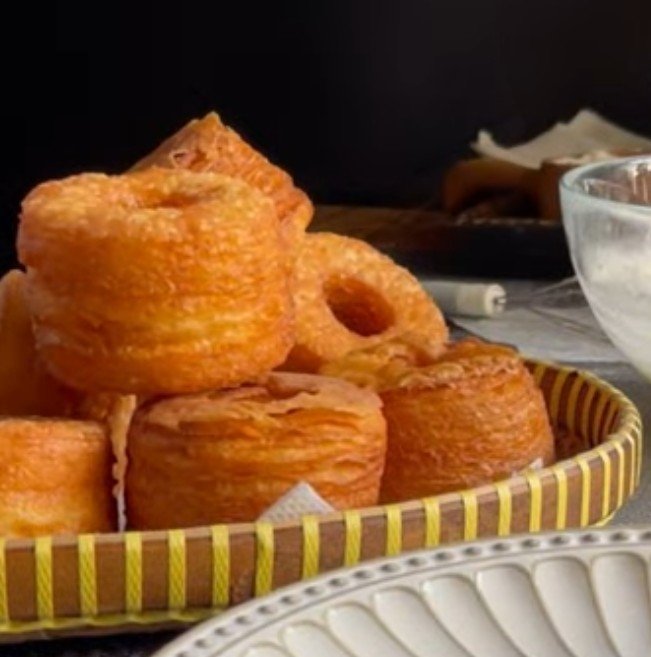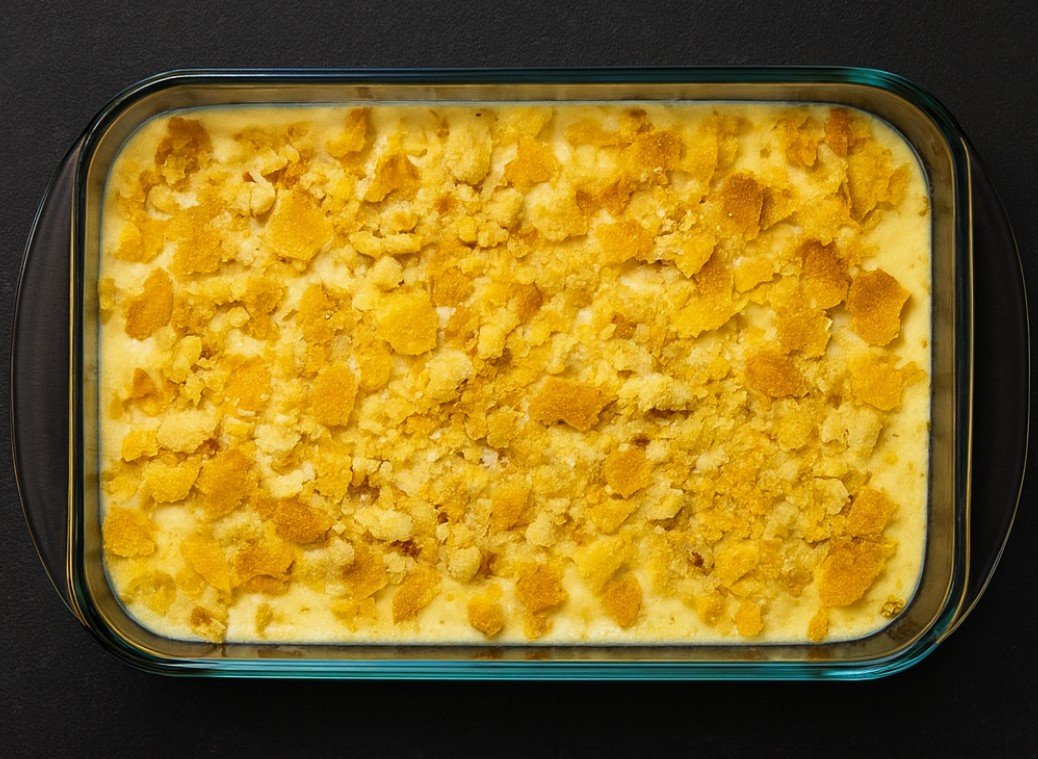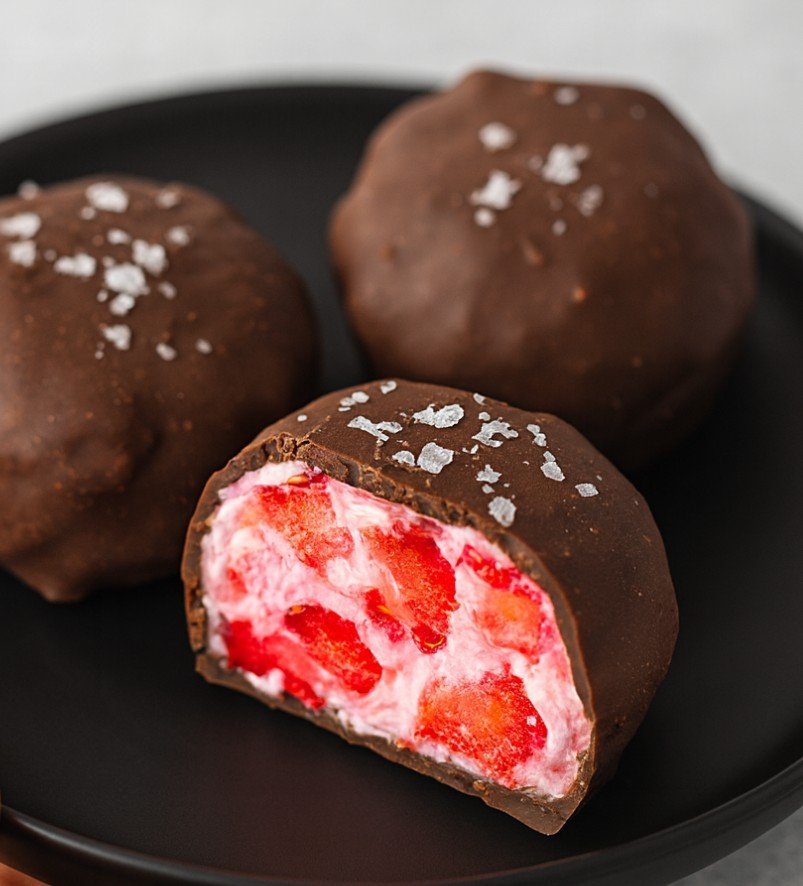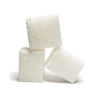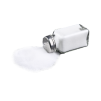Origin and Cultural Significance
Fried Croissant Donuts, popularly called “Croissantonuts,” are a viral pastry hybrid that exploded in popularity after the Cronut™ took New York by storm in the early 2010s. This creative fusion reflects the global appetite for indulgent desserts that combine technique, texture, and nostalgia. While rooted in French pastry tradition, this fried twist has been embraced by food trucks, bakeries, and social media bakers worldwide. Its layered, flaky texture and golden crispness continue to captivate pastry lovers across generations.
Unique Ingredients and Flavors
Croissantonuts feature laminated dough—folded with cold butter layers—deep-fried to golden perfection, then glazed or dusted with sugar. The texture is a magical balance between buttery croissant flake and tender donut bite. Variations include toppings like matcha glaze, dulce de leche drizzle, or even pistachio cream. The dough’s rich flavor is enhanced by vanilla, a pinch of salt, and optional citrus zest.
Fried Croissant Donuts (Croissantonuts)
Fried Croissant Donuts (Croissantonuts) are the ultimate pastry mashup: airy croissant layers deep-fried into crispy rounds and glazed to sweet perfection. This recipe recreates the bakery favorite at home using laminated dough, giving you flaky, buttery layers with a satisfying crunch. Ideal for special occasions, brunches, or showing off your baking chops.
Ingredients
Instructions
1. Prepare the Dough (Activate Yeast + Mix Base Dough)
- In a small bowl or measuring cup, warm the milk to about 110°F (lukewarm but not hot).
- Stir in the sugar and sprinkle the active dry yeast over the top. Let it sit undisturbed for 5 to 10 minutes, until it becomes frothy. This means the yeast is activated.
- In a large mixing bowl, combine the flour and salt.
- Pour the yeast mixture into the dry ingredients, then add the melted butter and vanilla extract.
- Mix with a wooden spoon or dough hook until it begins to form a shaggy dough.
- Knead the dough by hand on a lightly floured surface for 8–10 minutes, or use a stand mixer on medium speed for 6–7 minutes, until smooth and elastic.
- Shape into a ball and place it in a lightly greased bowl. Cover with plastic wrap or a damp cloth and refrigerate for 1 hour to chill and relax the gluten.
2. Prepare Butter Block for Lamination
- While the dough is chilling, prepare the butter for lamination.
- Place the cold butter between two sheets of parchment paper.
- Use a rolling pin to pound and roll it into a flat, even rectangle—about 5 x 7 inches.
- Make sure it’s pliable but still cold. Chill if it gets too soft while shaping.
3. First Lamination Fold (Butter Lock-In)
- On a floured surface, roll the chilled dough into a 10 x 12 inch rectangle.
- Place the butter block in the center horizontally.
- Fold the dough like a letter: fold the left third of dough over the butter, then the right third over that—completely encasing the butter.
- Turn the dough 90°, so the short side faces you.
- Gently roll it into a 10 x 20 inch rectangle.
- Fold it into thirds again (like a letter). This is your first turn.
- Wrap in plastic and chill for 30 minutes.
4. Second and Third Laminations (Fold & Chill)
- Remove the chilled dough and repeat the rolling and folding process described above two more times—each time rotating 90°, rolling to 10 x 20 inches, folding in thirds, and chilling for 30 minutes after each turn.
- After the final fold, wrap tightly and refrigerate for at least 1 hour, or up to overnight for deeper flavor.
5. Cut Donuts & Final Proof
- Roll out the dough on a lightly floured surface to about ½ inch thickness.
- Use a 3-inch round cutter and a 1-inch cutter for the centers to form classic donut shapes. Re-roll scraps gently if needed.
- Place each donut on a parchment-lined baking sheet.
- Loosely cover with plastic wrap or a clean towel and let them proof for 1.5 to 2 hours at room temperature, until puffy and slightly jiggly to the touch.
6. Heat Oil & Fry Donuts
- Fill a heavy-bottomed pot or Dutch oven with 2–3 inches of oil (vegetable or canola).
- Heat the oil to 350°F (175°C) using a thermometer.
- Carefully lower 2–3 donuts at a time into the hot oil using a slotted spoon or spider strainer.
- Fry for 1 to 2 minutes per side, turning only once, until golden brown and puffed.
- Remove with slotted spoon and place on paper towels or a wire rack to drain excess oil.
- Let cool slightly before glazing or dusting.
7. Glaze or Coat (Finish Donuts)
- For a quick glaze: mix 1 cup powdered sugar with 2–3 tbsp milk or lemon juice and a splash of vanilla extract. Whisk until smooth.
- Dip the cooled croissantonuts into the glaze, letting excess drip off.
- Alternatively, toss in cinnamon sugar or dust with powdered sugar.
- Let the glaze set for 10–15 minutes before serving.
Note
This recipe requires patience and precise chilling to get the proper layers—don’t rush the folds. You can prep the dough a day in advance for easier frying the next morning. Experiment with flavored glazes for seasonal or viral trends (e.g., pumpkin spice or ube).

